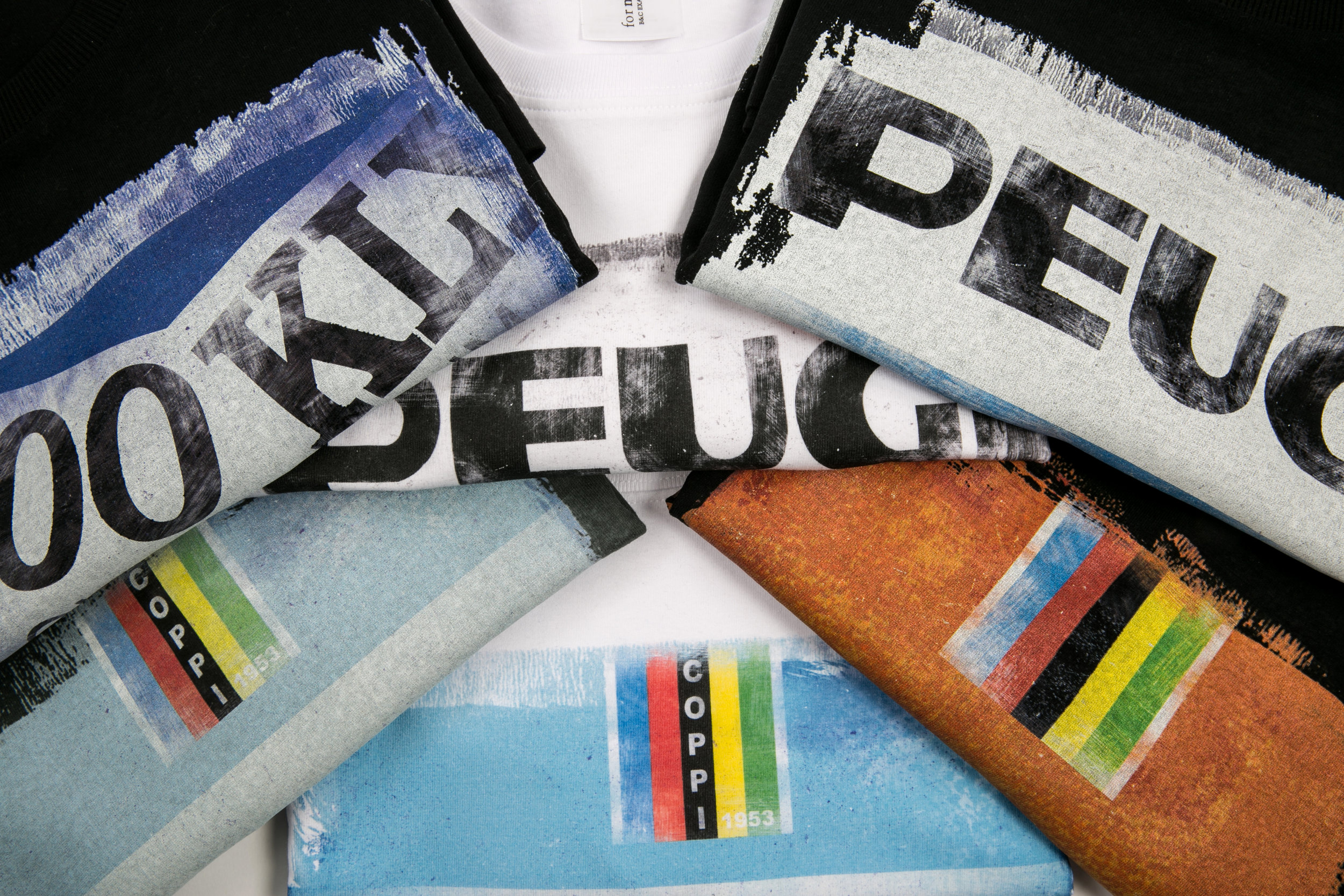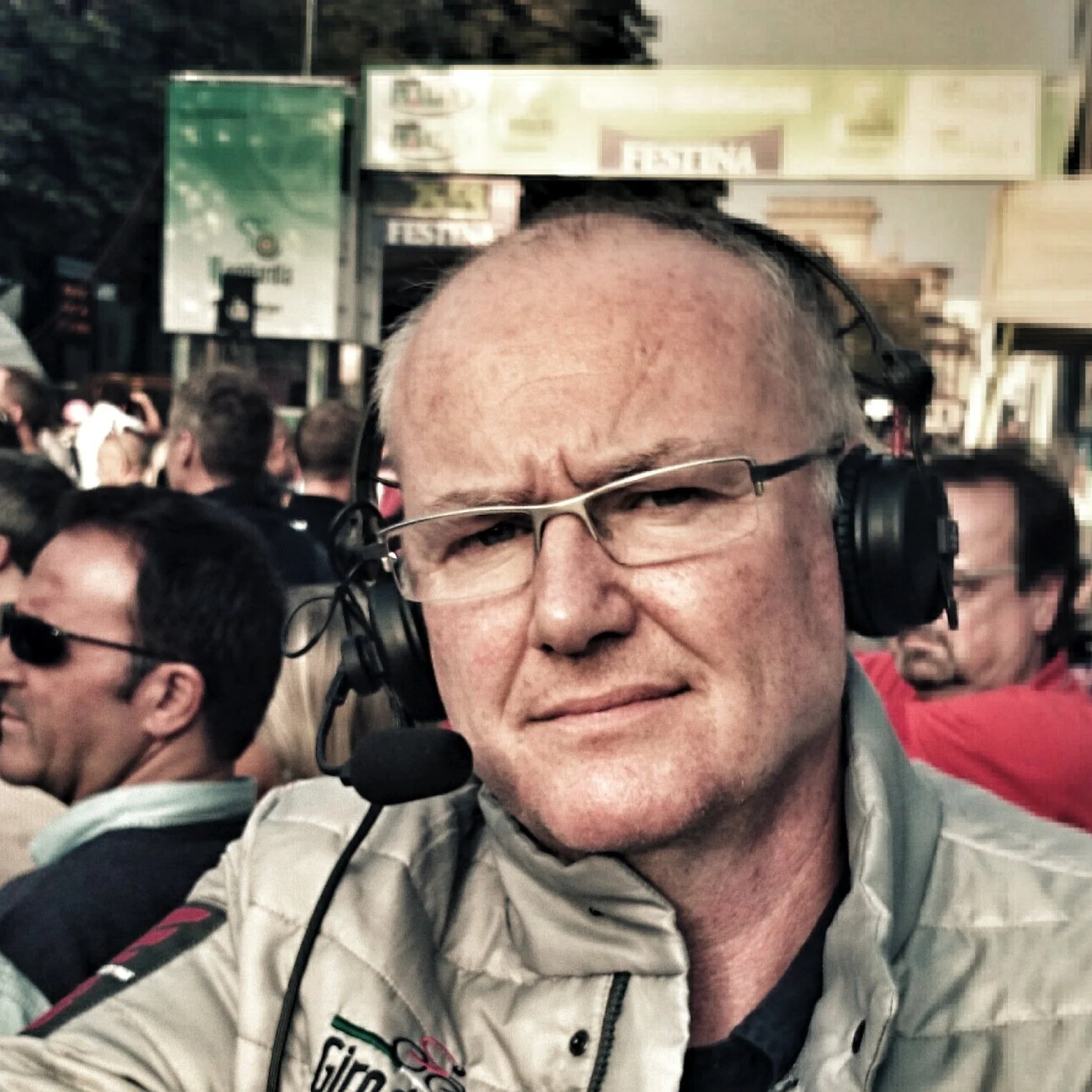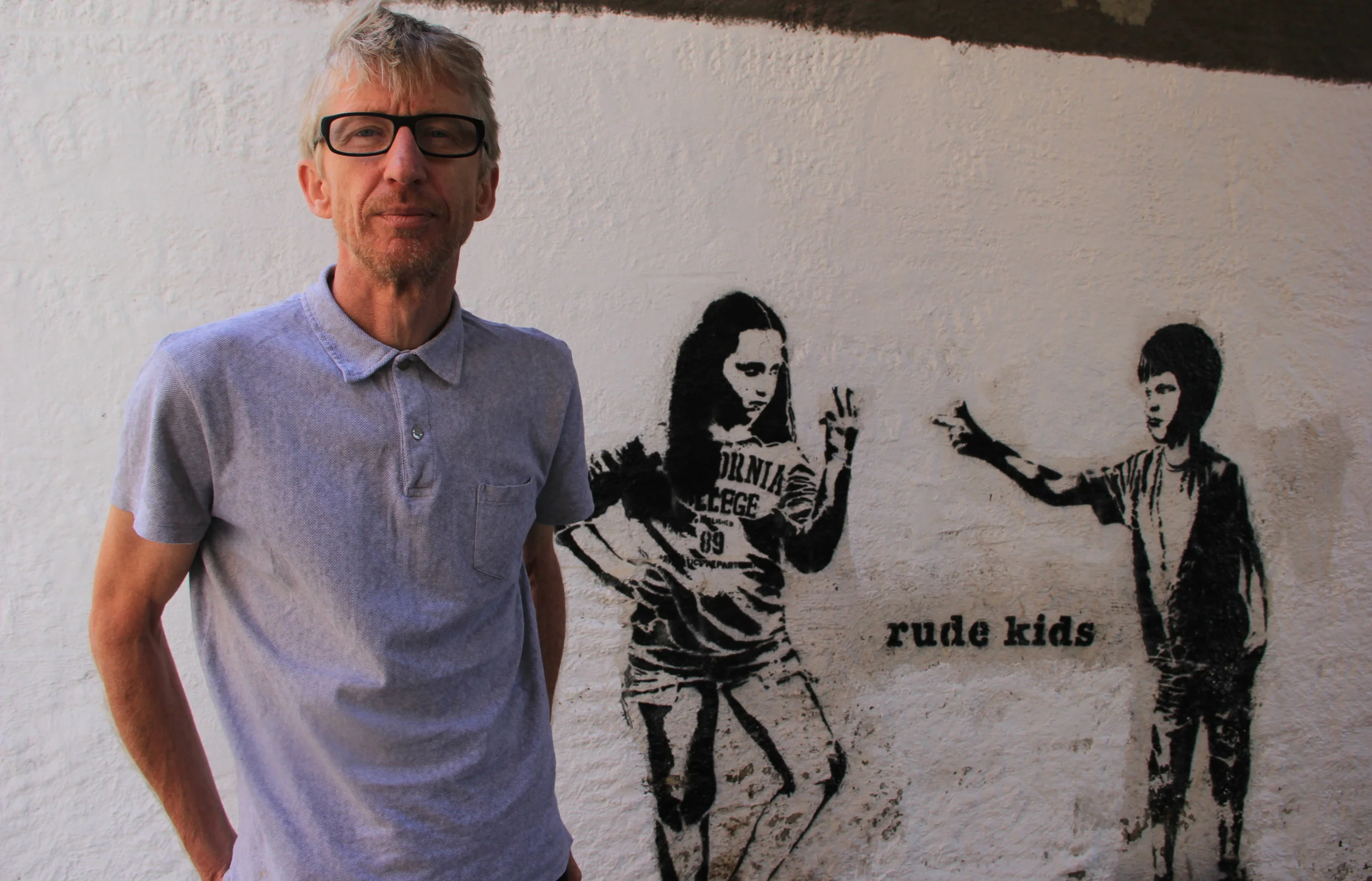George Deswijzen on the Champs-Élysées at this year's Tour de France
Our appetite for images of riders in the Grand Tours and Classics knows no bounds: the stage winner, arms aloft in victory; a GC contender crashing out; the look of determination, pain and sacrifice of the climber. Every day these pictures are shared around the world on Facebook, Twitter, websites and millions of copies of old style newspaper print.
We caught up with Dutch photographer George Deswijzen, a freelancer who has worked on the Tour de France, Amstel Gold Race, Fleche Wallon and Liege-Bastogne-Liege to mention but a few of the races he has covered. He tells us what it's like amid the chaos and excitement of a Grand Tour, how to capture that moment on camera that tells the story of the day and what it’s like to ride pillion on a motorbike during a race. He also offers some interesting and unexpected future career advice for fellow Dutchman Tom Dumoulin as well as some considered thoughts on rider safety.
A mountain stage from the 2013 Tour de France
How does a Tour de France photographer go about capturing the defining moment of a stage to satisfy our hunger, and at what cost? In recent years there has been an increase in the number of accidents involving press vehicles and riders. Who can forget Peter Sagan being knocked off in the Vuelta last year, Johnny Hoogerland catapulted into a barbed wire fence by a French TV car in 2011 and Froome’s bizarre crash on Ventoux this year? In their quest to satisfy the demand for the public, are the riders being put at risk by the Press?
George agrees that the situation has worsened in recent years but it’s not just the Press causing the problems:
“…lunatics running alongside the riders, crowds creeping into the road to see better, making funnels where a motorbike can hardly pass…plain stupid behaviour and it’s getting worse and worse…”
In his experience the ‘motards’ (motorbike riders) are all professionals.
Riding with trusted motard, Paul Gulikers, during stage 3 of the 2015 Tour
“They never take risks. I’m very picky when it comes down to the guy who rides the bike. For years I have the same motards, great guys who know their trade and never take risks…it’s a great collaboration. A good motard has the same eyes as a photographer, sees the photo spots and can read the race sometimes better than the photographer. You are working as a team here.”
Froome after he won a stage in 2015 Tour
On the Tour there’s a team of 10-12 motards and some of them ride the whole year round and make a good living out of it. Although they never take unnecessary risks, “an accident can never be ruled out completely when there’s so many people involved and where the average speed of races increases every year.” Really, the problem more often than not, comes back down to the spectators. George has seen the attitude from the bike and motorbike riders harden in recent years:
“Riders hitting back and motards who try to ride these lunatics off the road like a snow plough…People, please use your common sense and cherish the sport we are all so fond of!”
And George is certainly passionate about the sport. Hailing from the Limburg region in the south of Holland, it was probably more than likely that George would become a cycling fanatic. This is, after all, the cross border region with Belgium and Germany, home to Liege-Baston-Liege, almost daily racing throughout the year and not far from Ghent, the heart of six-day track racing.
George at work
“I got excited by cycling when I was very young. My mum took care of me when I was a baby watching the Tour de France back in the eighties with some great wins by Hennie Kuiper, Joop Zoetemelk, Peter Winnen and other great Dutch riders...The bug really hit me when I was 12 and I saw the Tour de France in my own backyard in Limburg. I never got rid of that passion for cycling since then.”
Family holidays involved following the mountain stages of the Tour where the young George began to take photos, “First on film later digital. Particularly in the early days with film it was always exciting what I produced.”
Working on the Tour is a gruelling business: three and a half weeks away from home and loved ones, driving up to 6,000km, long exhausting days, eating whatever is available and sleeping wherever possible.
Although George says there's never a normal day on the Tour and every day is completely unpredictable he normally starts with coffee at the Depart where he'll catch up with colleagues and the newspapers before heading over to the team buses to chat to the press officers. He'll want to find out who's feeling good, who's got problems and try to glean a race strategy for the day.
Froome before the start of stage 19 in Albertville
“Trying to read the journalists’ story is important for us. The pictures have to support the story of the day, so listening and watching is very important. It’s cool to make arty photos from all kinds of angles - however if they don’t support the story of the day – a win, somebody losing time in the GC, being injured or feeling miserable – then the images won’t sell in mainstream media. The real challenge is getting the images ASAP on the image bank of ANP.”
Not every stage is interesting to follow by motorbike and George often decides to cover the race by car driven by a relative or friend “who is also cycling crazy.” Each day they’ll make a plan of where to wait for the peloton – it could be a mountain stage with a dramatic backdrop or a point in the race where there could be a decisive moment. Then they’ll have to make a detour to the next point or to the finish line.
Tom Dumoulin winning his second stage in Tour de France 2016
Working for a Dutch press agency, Pro-Shots, he’ll have to make sure he gets lots of shots of the Dutch riders – “This is my first concern – these images pay our bills to put it frankly.” The day’s battle plan may not always work and he may have missed the key moment of the stage – “Choices, choices and more choices. Sometimes they turn out great, sometimes they don’t. C’est la vie. But that’s the adventurous and exciting part of the trip.”
Making it to the finish line on time can be tricky as he’s not allowed to overtake the riders on the course so will have to make a long detour which can involve a lot of negotiation with the local French Gendarmerie:
Hordes of photographers vying for the same shot
“Sometimes they don’t listen to you when you ask them if they can move a barrier so you can proceed on the route – ‘Oui Monsieur, Je suis photographe…c’est mon accreditation…c’est mon travail’ and the discussion goes on and on, only ending by me finding another route.”
The finish shot is obligatory. This is something George must get each day and send to the press agency. There’s a strict hierarchy among the photographers, depending on who they work for, determining who gets the top spots, with the likes of AP and Getty with the first line rights. George usually finds himself in the second row, slightly less favourable but workable. What looks to the outsider like complete chaos with hordes of photographers all trying to get the same shot is actually a controlled and organised system. These are all professional men and women, some with many years’ experience who know each other well and how to handle situations where there’s limited space.
Tom Dumoulin wins his first ever stage in the Tour de France 2016 in Andorra
After processing the images and getting a heads up about the next day’s stage they will have been going for a good 11-12 hours – now it's time to find something to eat and a place stay which will normally involve a couple of hours driving. All this takes place in conditions that may vary from 30+ degree heat to cold and wet weather with hail and even snow possible in the mountains.
“I particularly hate the long displacements between stages. Sometimes we may have to drive up to 200km from the finish town to the start of the next day. The beautiful landscape we pass often makes up for that. It’s always a great feeling to find a relaxed place with a shower and go to bed. As Joop Zoetemelk told us back in the eighties, ‘the Tour de France is won in bed’ and it’s true for us as well as the riders!”
The Finale in Paris
Talking to George you really get a feeling of his passion for both the sport and his profession: “It’s such a photogenic sport – the riders, the fans, the equipment, the teams, the landscape.” He admires the work of many of his colleagues: Iri Greco and Jim Fryer, a couple from New York who “produce great and strong atmospheric images that suck you right into the action”; Klaas Jan Van der Weij, “one of the greatest Dutch sporting photographers of the last 20 years”; and Kristof Ramon, “a master of detail, light and atmosphere. Last but not least I admire my dear friend and colleague Bas Czerwinsky. He has an eye for the story even before it's been written.” Of course, George’s work is very impressive too!
Tough conditions at Liege-Baston-Liege
His highlights of this year’s tour?
“For sure, the double win by our flying Dutchman, Tom Dumoulin and the historical Mont Ventoux stage with bikeless Froome.” While he admires Team Sky’s dominance and organisation, he’s hopeful that other teams can raise their game to avoid a series of processional victories for the British team.
Ever the Dutch patriot, George sees Dumoulin as being a strong GC contender for the future. “He is strong, very smart and can keep a cool head. All these aspects in one single rider is something we haven’t had in Holland for decades. Besides that, he is a great guy and a joy to work with. Very outspoken and a great appearance. If he fails in cycling, he has all it takes to become a male model!”
George's beloved Limburg and the cross border region is a haven for cyclists
With that sage piece of advice for Holland’s best cyclist for years, we say goodbye to George as he makes his way back to his beloved homeland of Limburg, a cycling hotbed that offers numerous opportunities for a cycling photographer and keen rider as himself. If we don’t pop over for a spot of cross border cycling before, we’ll be catching up with him for the Spring Classics next year and, of course, the Tour de France 2017.






































































